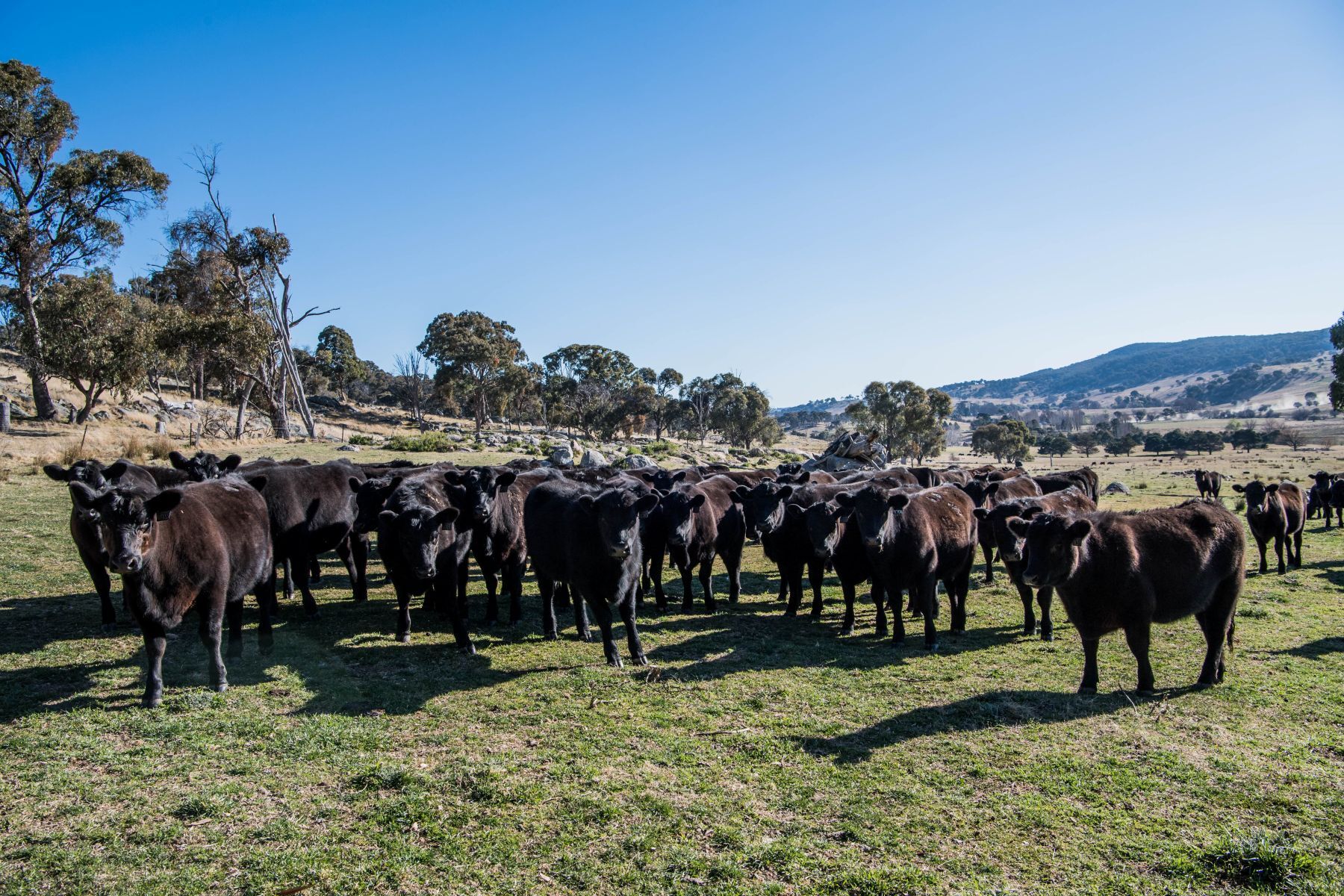Capacity growth signals confidence in lotfeeding
A historically high cattle market has pushed cattle-on-feed numbers lower for the September quarter. Confidence in the sector has far from waned,...

It’s safe to say the cattle market has never seen market dynamics of the like currently impacting the market.
On the positive side, we’ve got record or close-to-record beef prices in one of the world's biggest producers and consumers, the US. Also supportive is the very good seasonal conditions in northern Australia, where over half the herd is located.
Drought in southern states is proving a drag on prices, as the supply of cows and young cattle continues to flow. The young cattle, and cows to a lesser extent, from the south are feeding the appetite for mouths in the north. The question we want to look at this week is: what happens when there is again grass in the south?
Note, we said grass in the south, as rain at this stage of the year doesn’t bring grass. It will be late winter before there is any real cattle feed in many areas, and while rain will slow the exodus of cattle, buying pressure won’t hit until there is grass—and runoff to replenish water supplies. In recent times, there hasn’t been an equivalent drought in the south, but we can maybe get a guide from the most recent big drought in the north, and the breaking rains.

Figure 1 shows the Eastern Young Cattle Indicator (EYCI), National Heavy Steer, and Victorian Cow. The EYCI historically trades at a premium to the Heavy Steer. Young cattle make more money in ¢ per kilogram when it is cheap to put weight on cattle. It’s cheap to put weight on cattle when grass is plentiful.
The EYCI is currently at over a 60¢/kg cwt premium to the National Heavy Steer Indicator, which is close to a 12-month high, but well off the 400¢ peak premiums of 2022.
The period we want to look at is the start of 2020. It was at this time that a long-term drought broke, or started to break, in the north, while conditions were good in the south. Additionally, we had record beef export prices. The herd was smaller in 2020 than it currently is—or at least is thought to be.
The point is that the breaking of a drought in the north in early 2020, combined with good conditions in the south, led to a run on young cattle to restock. The coming spring could well see it happen again, with a break in the south seeing cattle held tight, while demand from the north remains strong.
 Angus Brown brings over 20 years of expertise analysing Australian agricultural markets, and also runs a mixed farming operation in Hamilton, Victoria.
Angus Brown brings over 20 years of expertise analysing Australian agricultural markets, and also runs a mixed farming operation in Hamilton, Victoria.
.png)
A historically high cattle market has pushed cattle-on-feed numbers lower for the September quarter. Confidence in the sector has far from waned,...
.png)
Last week, MLA & the Australian Lot Feeders Association (ALFA) released the Q3 Lot Feeding Brief report providing detailed insights into how the...
.jpg)
New data released in the past week from the Australian Bureau of Statistics (ABS) and Meat & Livestock Australia (MLA)/Australian Wool Innovation...